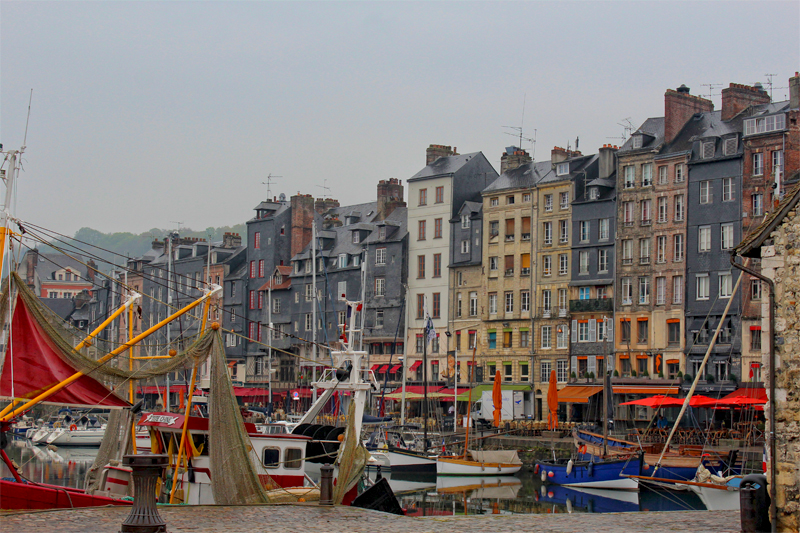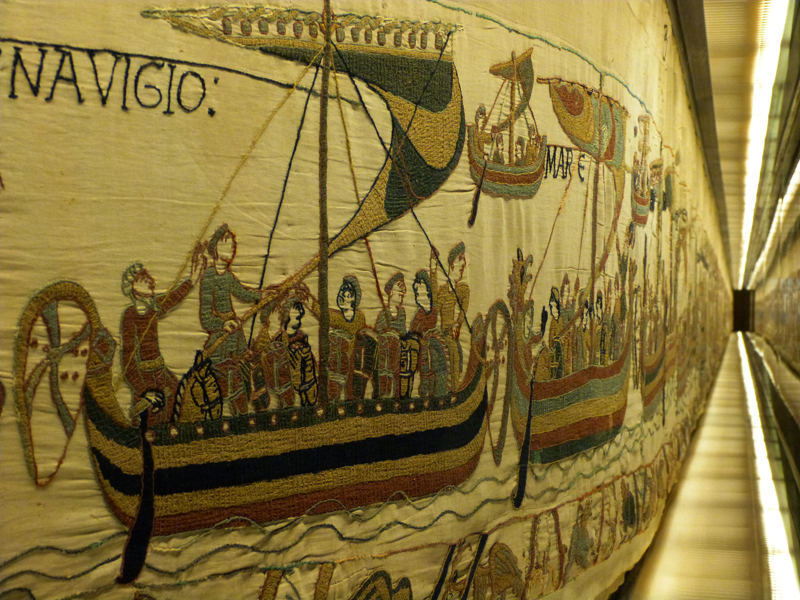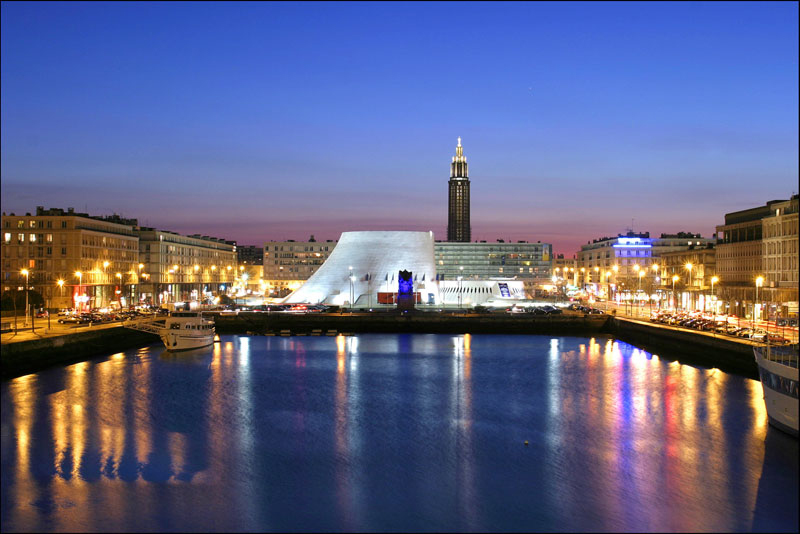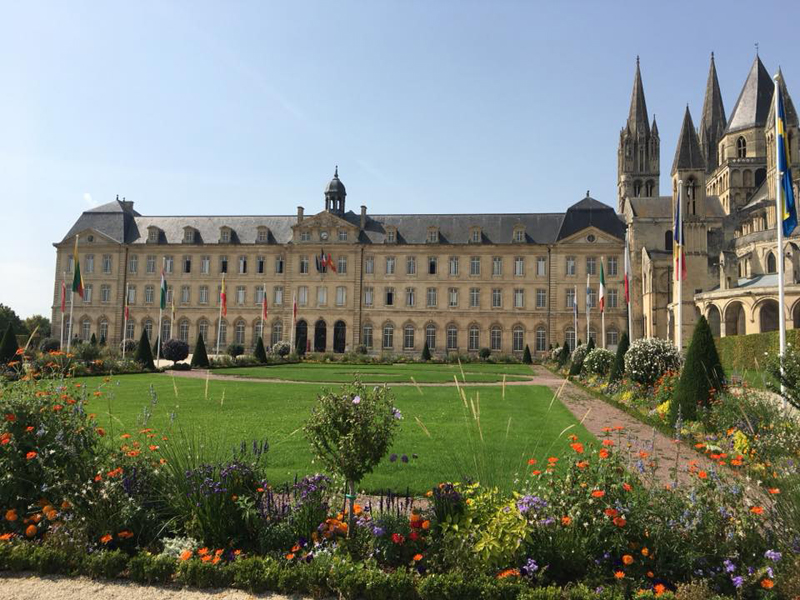Picture-book pretty towns, lush peaceful countryside, grand monuments, historic sites and beautiful beaches – Normandy has oodles of charm and loads to keep visitors happy and busy.
Rouen

The historic capital of Normandy sits on the Seine River. What makes this city unique is its incredible Gothic architecture coupled with more than 2000 half-timbered medieval street houses that blend effortlessly and its long, turbulent history whose traces can be seen in the present. This is of course the city in which Joan of Arc lost her life and there is a museum in her honour.
Must see: Gaze upon the monumental, gothic Cathedral of Notre-Dame which the great French artist Claude Monet captured on canvas, mesmerised by its beauty. It is quite possibly the most photogenic cathedral in Europe.
Honfleur

This little town with its working port has bucket loads of charisma. Wandering around the harbour and up and down the wiggly cobble stone streets of Honfleur is one of life’s great pleasures. It’s a buzzing, vibrant, colourful and truly enchanting little place that is quaintly charming and full of character despite the high number of tourists.
Must see: The sight of the little boats going in and out of the harbour while you treat yourself to lunch, a steaming bowl of moules marinieres perhaps, at a terraced bistro.
Bayeux

Bayeux Tapestry © Ville de Bayeux
Grand architecture, fine restaurants, and boutiques galore will please visitors but it’s the Bayeux Cathedral which dominates on arrival. The historic old town of Bayeux dates back to Norman times and the Cathedral was consecrated in 1077 by Bishop Odo, William the Conqueror’s half-brother. It’s a lovely town to wander, winding little streets, half-timbered houses and historic sites abound.
Must see: The most famous tapestry in the world, the Bayeux tapestry. It is a magnificent work of art, with a UNESCO World Heritage rating. At 70m (230ft) long it is more impressive in real life than any photo can possibly show. Commissioned by Bishop Odo, to commemorate the Norman Conquest of England, it’s an awesome depiction of life (and death) in the 11th century.
Le Havre

Pic Le Havre: © F Godard, Normandy Tourist Board
Le Havre in Normandy is an ancient town with a contemporary footprint. It’s a UNESCO listed city, recognised for its extraordinary architecture.
Le Havre’s origins go back to 1517 when Francis 1 commissioned the construction of a port, it was known then as Francispolis. It was the birthplace of impressionism, it was here that Claude Monet painted his iconic “Sunrise, an Impression”.
These days Le Havre is one of the biggest of French ports, a vast, vibrant and buzzing city. Le Havre suffered enormous damage during World War II and afterward was almost completely rebuilt under the direction of Belgian architect Auguste Perret. The clean modern lines, wide avenues, and concrete buildings look more Manhattan than France, it was a blueprint for the future.
Must see: The Perret Show Flat showcases Perret’s extraordinarily advanced view of living spaces including all mod cons from fridges to washing machines in late 1940s-early 1950s.
Caen

It was largely due to William the Conqueror that Caen grew into a great city. William and his wife, Matilda of Flanders, each ordered a grand abbey, the Men’s Abbey for William, the Women’s Abbey for Matilda. Both buildings are hugely impressive places and open to the public and free of charge.
Must see: Caen Castle was one of the most important strongholds in the duchy of Normandy, and now houses the Normandy Museum and the Fine Arts Museum with a fabulous collection of 16th, 17th, 19th and 20th-century artworks.
French Connections has hundreds of lovely holiday rentals in Normandy, we just love making your holiday dreams come true.

